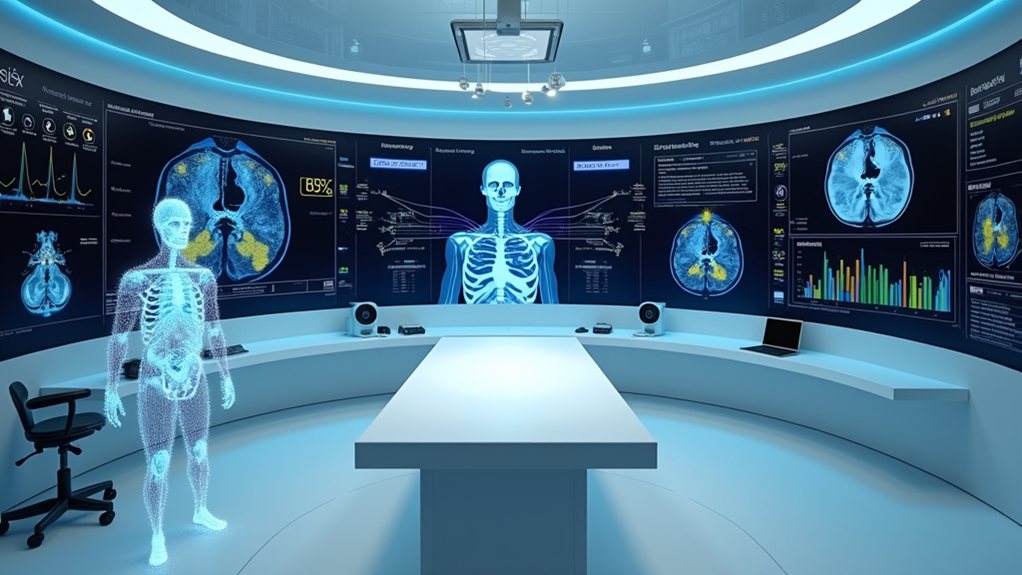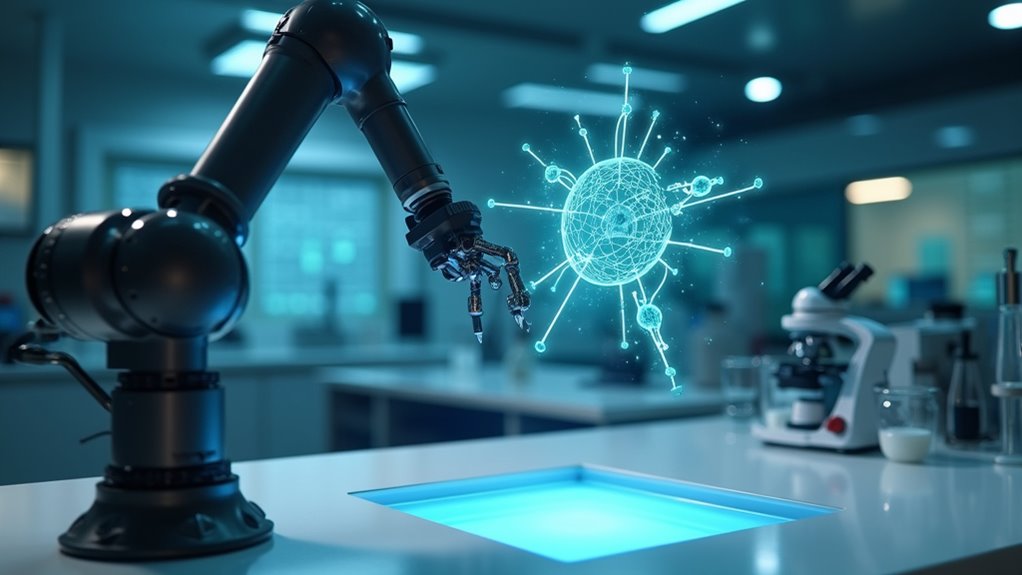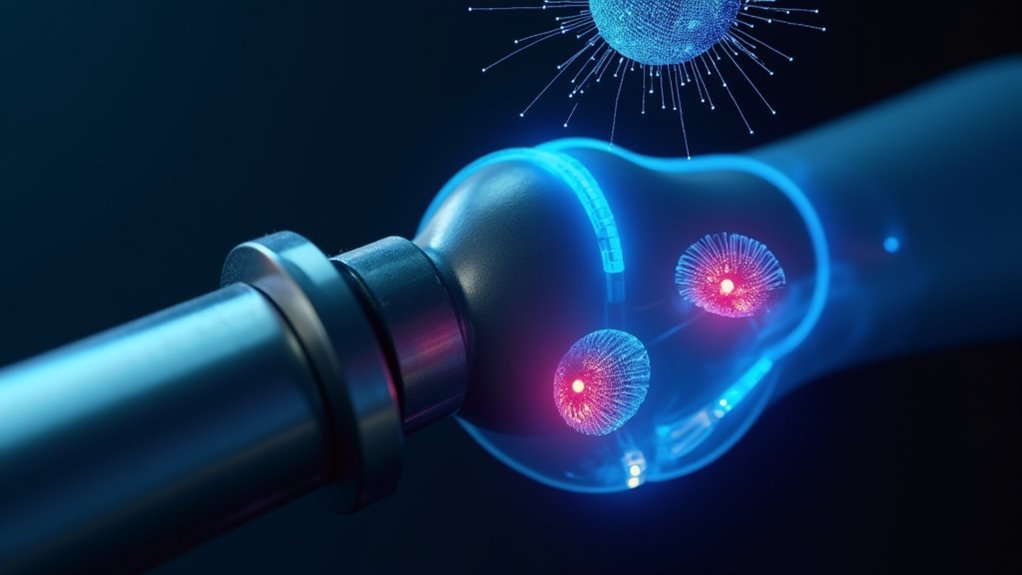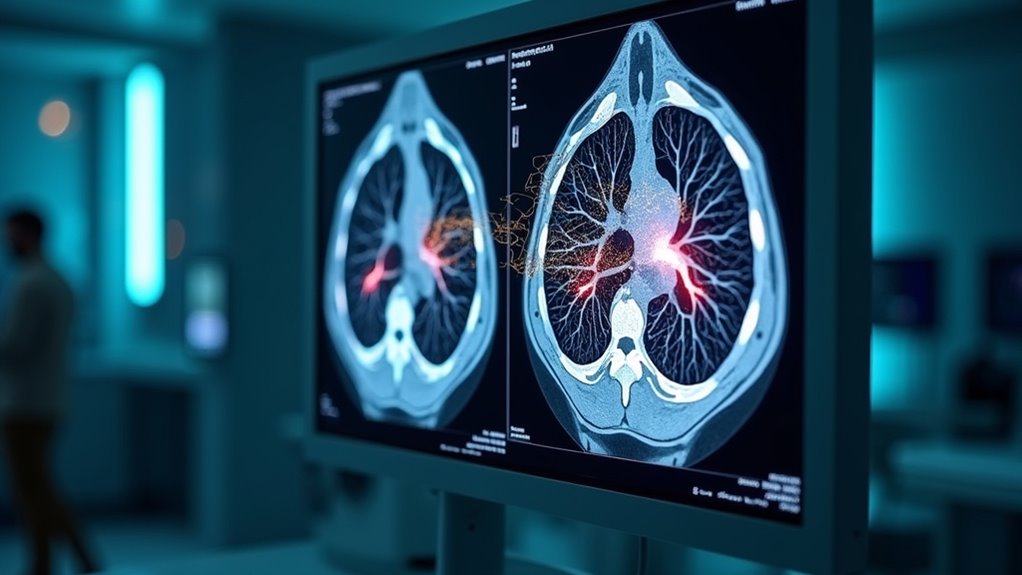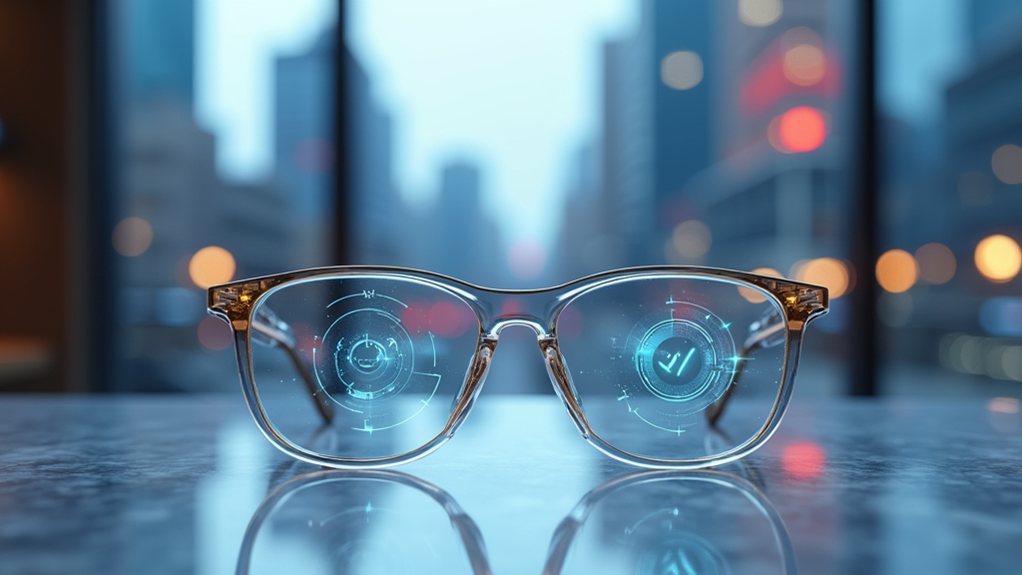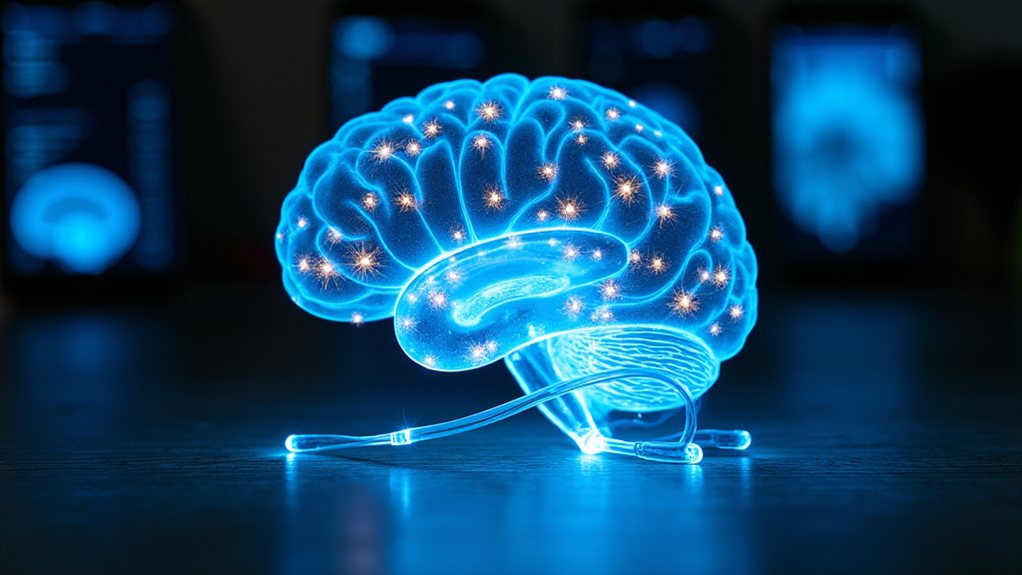Microsoft’s AI diagnostic system is turning heads with its 85% accuracy rate on complex medical cases—quadrupling the performance of human doctors who scored a measly 20%. The MAI-DxO uses a stepwise approach that mimics clinical reasoning while cutting costs by 20%. Critics point out the retrospective nature of tests, noting doctors lacked their usual resources and consultation options. Like it or not, medical “superintelligence” is coming for your stethoscope.
Doctors, prepare your résumés for an update—or possibly the trash bin. Microsoft’s new MAI-DxO diagnostic system isn’t just nipping at physicians’ heels—it’s sprinting past them like Usain Bolt at a senior citizens’ track meet. The AI achieved a staggering 85% accuracy diagnosing complex medical cases from the New England Journal of Medicine, while human doctors managed a meager 20% on the same puzzlers.
Let that sink in for a moment. The AI is four times more accurate than flesh-and-blood MDs who spent over a decade in training. And we’re not talking about common colds here—these were specifically selected challenging cases designed to confound experienced physicians.
An AI that makes medical school look like an expensive detour to mediocrity
In a head-to-head competition involving 21 practicing doctors from the US and UK, the human participants completed about 36 cases each. While the doctors scratched their heads, MAI-DxO methodically identified correct diagnoses across 304 real-world cases published between 2017 and 2025.
Perhaps most impressive is the cost efficiency. The AI slashed diagnostic expenses by 20% compared to doctors and a whopping 70% versus other AI systems. This impressive financial advantage comes from the AI’s stepwise decision-making process that eliminates unnecessary tests. It’s like getting a Ferrari for the price of a Toyota, and it actually works better than advertised.
The system mimics clinical reasoning with a structured, iterative approach—collecting information, ordering tests, and analyzing results sequentially. When paired with OpenAI’s o3 model, accuracy still hit 80%, outperforming all competing models from Google, Anthropic, Meta, and xAI.
What we’re witnessing might be the birth of what Microsoft boldly calls “medical superintelligence.” Within a decade, they project the system could approach “almost error-free” status. This represents a significant step forward in addressing the global shortage of healthcare professionals while maintaining quality care.
Sure, there are limitations—the tests were retrospective, and human doctors worked without their usual resources or peer consultations. However, the study has been criticized for its unfair comparison since doctors lacked access to collaborative resources that they would normally use in real clinical settings.
But the writing’s on the examination room wall: AI diagnostics have arrived, and they’re making human doctors look like they’re still using leeches and bloodletting.
